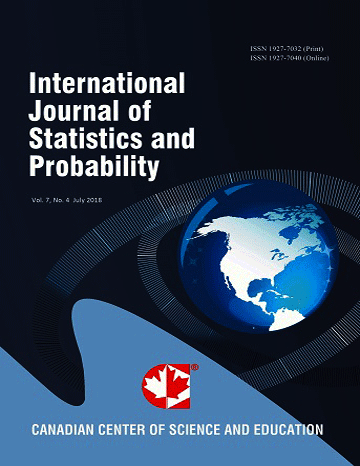Combining Correlated P-values From Primary Data Analyses
- Jai Won Choi
- Balgobin Nandram
- Boseung Choi
Abstract
Research results on the same subject, extracted from scientific papers or clinical trials, are combined to determine a consensus. We are primarily concerned with combining p-values from experiments that may be correlated. We have two methods, a non-Bayesian method and a Bayesian method. We use a model to combine these results and assume the combined results follow a certain distribution, for example, chi-square or normal. The distribution requires independent and identically distributed (iid) random variables. When the data are correlated or non-iid, we cannot assume such distribution. In order to do so, the combined results from the model need to be adjusted, and the adjustment is done “indirectly” through two test statistics. Specifically, one test statistic (TS** ) is obtained for the non-iid data and the other is the test statistic (TS) is obtained for iid data. We use the ratio between the two test statistics to adjust the model test statistic (TS**) for its non-iid violation. The adjusted TS** is named as “effective test statistics” (ETS), which is then used for statistical inferences with the assumed distribution. As it is difficult to estimate the correlation, to provide a more coherent method for combining p-values, we also introduce a novel Bayesian method for both iid data and non-iid data. The examples are used to illustrate the non-Bayesian method and additional examples are given to illustrate the Bayesian method.
- Full Text:
 PDF
PDF
- DOI:10.5539/ijsp.v11n6p12
Index
- ACNP
- Aerospace Database
- BASE (Bielefeld Academic Search Engine)
- CNKI Scholar
- DTU Library
- Elektronische Zeitschriftenbibliothek (EZB)
- EuroPub Database
- Excellence in Research for Australia (ERA)
- Google Scholar
- Harvard Library
- Infotrieve
- JournalTOCs
- Mir@bel
- Open policy finder
- ResearchGate
- Technische Informationsbibliothek (TIB)
- UCR Library
- WorldCat
Contact
- Wendy SmithEditorial Assistant
- ijsp@ccsenet.org
